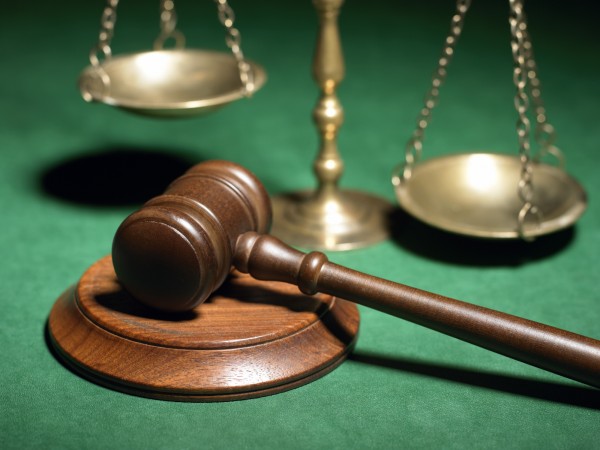I previously wrote a two part “primer” (posts of 12/29/2012 and 1/14/2013) on the use of deadly force, which included a brief explanation of Stand Your Ground (SYG) laws. As I write this, a criminal jury is being chosen in a well-known Florida case. (A Neighborhood Watch volunteer shot and killed a teenage guest in the residential community he was patrolling). Although almost all of the prospective jurors interviewed so far in the jury selection process have denied knowledge of the case, I suspect readers of MSW who carry a handgun daily, whether LE or private citizen, are rather familiar with the case and the widespread press coverage of it.
The press initially asserted the case would be defended by reliance on Florida’s SYG law. That remains to be seen. Vocal critics of the law blamed the tragic event on Florida’s enactment of a comprehensive SYG law. Some state legislatures have reconsidered their own SYG law because of the Florida event. Regardless of outcome, the case will forever impact the perception of civilian self-defense shootings by the press, prosecutors, judges, and the public. Direct impact on LE is less because many states have specific use of force laws for LE which are more likely to be applied than a more general SYG law. Nevertheless, LE should be interested in the case, especially those officers who might someday investigate a civilian defensive shooting. (I wrote about this in the May/June 2011 issue of American COP Magazine, go here: http://fmgpublications.ipaperus.com/FMGPublications/AmericanCop/ACMJ11/?page=36).
Truth be known, SYG is not a 21st century invention of the Florida statutes, NRA, or pro-gun state legislatures. It is in fact, a legal proposition firmly rooted by the end of the 19th century, when a United States Supreme Court case held:
“. . . [T]he court below erred in holding that the accused, while on his premises, outside of his dwelling house, was under a legal duty to get out of the way, if he could, of his assailant, who, according to one view of the evidence, had threatened to kill the defendant, in execution of that purpose had armed himself with a deadly weapon, with that weapon concealed upon his person went to the defendant’s premises, despite the warning of the latter to keep away, and by word and act indicated his purpose to attack the accused. The defendant was where he had the right to be, when the deceased advanced upon him in a threatening manner, and with a deadly weapon; and if the accused did not provoke the assault, and had at the time reasonable grounds to believe, and in good faith believed, that the deceased intended to take his life, or do him great bodily harm, he was not obliged to retreat, nor to consider whether he could safely retreat, but was entitled to stand his ground, and meet any attack made upon him with a deadly weapon, in such way and with such force as, under all the circumstances, he, at the moment, honestly believed, and had reasonable grounds to believe, were necessary to save his own life, or to protect himself from great bodily injury.” [Beard v. United States, 158 U.S. 550, 563–64 (1895)]. Many current SYG laws were undoubtedly influenced by the quoted language.
Just thought you should know some legal history as the important Florida proceeding unfolds. An expert attorney’s daily blog can be found here: http://legalinsurrection.com/author/law-of-self-defense/. Live courtroom coverage, here: http://www.wftv.com/.



